The concept of human hibernation has long been a staple of science fiction, from interstellar travelers suspended in cryogenic sleep to futuristic medical stasis pods. But how close are we to making this technology a reality? Recent advancements in organ cryopreservation and revival have sparked renewed interest in the possibility of inducing hibernation-like states in humans, either for long-duration space travel or life-saving medical interventions.
Cryopreservation: The Foundation of Human Hibernation
The idea of preserving biological tissues at ultra-low temperatures dates back decades, with successful cryopreservation of sperm, eggs, and even small tissues becoming routine in medical practice. However, the leap from preserving individual cells to entire organs—let alone whole human bodies—remains a monumental challenge. The primary obstacle is ice formation, which can rupture cell membranes and cause irreversible damage. Scientists have turned to cryoprotectants, chemicals that prevent ice crystallization, but these substances can be toxic at high concentrations.
Recent breakthroughs have shown promise in overcoming these hurdles. Researchers have successfully revived and transplanted cryopreserved rat kidneys, demonstrating that functional recovery is possible. Similar experiments with larger organs, such as pig hearts and livers, are underway. While these successes are groundbreaking, scaling up to human organs introduces complexities related to size, vascularization, and metabolic demands.
From Organ Preservation to Whole-Body Suspension
If preserving single organs is difficult, suspending an entire human body presents exponentially greater challenges. Blood flow must be maintained or artificially substituted to prevent ischemic damage, and the brain—exceptionally sensitive to oxygen deprivation—requires specialized protection. Some researchers are exploring alternatives to traditional cryopreservation, such as vitrification, where tissues are cooled so rapidly that they solidify into a glass-like state without ice formation.
Animal models offer glimpses of what might be possible. Certain species, like Arctic ground squirrels, naturally enter hibernation states, drastically reducing metabolic rates without tissue damage. Scientists are studying the biochemical pathways that enable this, hoping to replicate them in humans. Early experiments with hydrogen sulfide and other compounds have induced short-term metabolic suppression in mammals, though long-term suspended animation remains elusive.
Medical Applications: Beyond Science Fiction
The immediate applications of hibernation technology are medical. Trauma patients, for instance, could be placed in a state of suspended animation to buy time for surgery. This concept, known as emergency preservation and resuscitation (EPR), has already seen experimental use in cases of severe bleeding. By cooling the body to around 10°C and replacing blood with a cold saline solution, doctors have successfully halted metabolic activity for up to two hours before reviving patients.
Another promising avenue is organ transplantation. Currently, organs can only be preserved for a few hours outside the body. Extending this window through advanced cryopreservation could revolutionize transplant logistics, eliminating time pressures and potentially saving thousands of lives annually. Companies like 21st Century Medicine and Arigos Biomedical are actively working on technologies to make this a reality.
Space Travel and the Long-Term Vision
Beyond medicine, human hibernation holds tantalizing potential for space exploration. NASA and private entities like SpaceX have expressed interest in torpor states for Mars missions, where reducing astronauts' metabolic needs could slash food, water, and oxygen requirements. European Space Agency studies suggest that crewed missions to distant planets might be feasible if hibernation can reduce psychological stress and resource consumption during transit.
However, the leap from short-term metabolic suppression to months-long stasis is vast. Muscle atrophy, bone density loss, and immune system degradation are just a few of the issues that must be addressed. Some researchers propose periodic awakening protocols, while others aim for continuous, monitored hibernation. Ethical considerations also loom large—what happens if a hibernating astronaut cannot be revived?
Ethical and Societal Implications
The prospect of human hibernation raises profound ethical questions. Who would have access to such technology? Could it exacerbate social inequalities if only the wealthy can afford life-extending suspension? Legal frameworks are nonexistent for scenarios like long-term cryopreservation, leaving gaps in consent, inheritance, and even personhood definitions. Religious and philosophical debates about the nature of death and identity would inevitably arise.
Moreover, unintended consequences could emerge. Overpopulation pressures might intensify if death becomes optional for some. Workforce dynamics could shift if individuals choose to "time-travel" decades into the future. These questions underscore that hibernation is not just a technical challenge but a societal one requiring multidisciplinary dialogue.
The Road Ahead: Cautious Optimism
While full human hibernation remains speculative, progress in organ cryopreservation and metabolic suppression suggests it may not be forever out of reach. Collaborative efforts between biologists, engineers, and ethicists will be crucial to navigate both the technical hurdles and moral dilemmas. As research continues, the line between science fiction and science fact grows ever thinner—perhaps within this century, suspended animation will transition from silver-screen fantasy to medical reality.

By /Jun 7, 2025
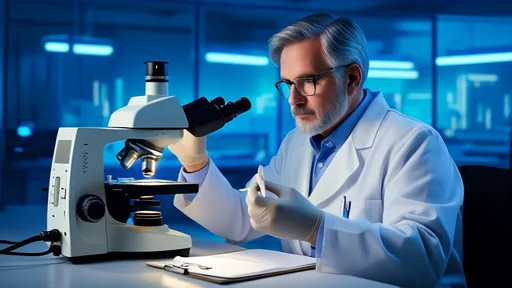
By /Jun 7, 2025

By /Jun 7, 2025

By /Jun 7, 2025

By /Jun 7, 2025

By /Jun 7, 2025
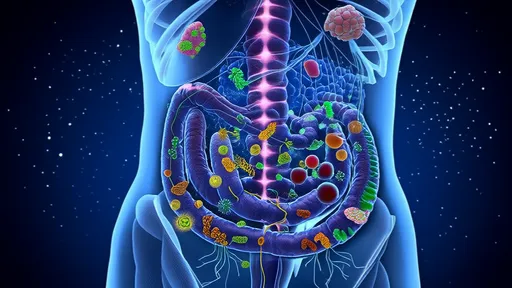
By /Jun 7, 2025
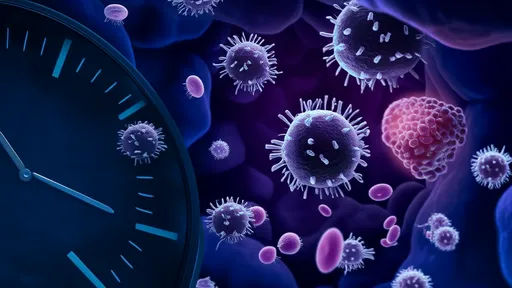
By /Jun 7, 2025

By /Jun 7, 2025

By /Jun 7, 2025
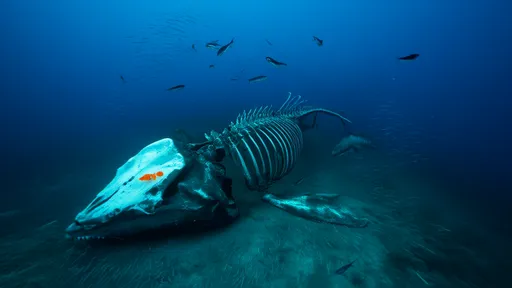
By /Jun 7, 2025
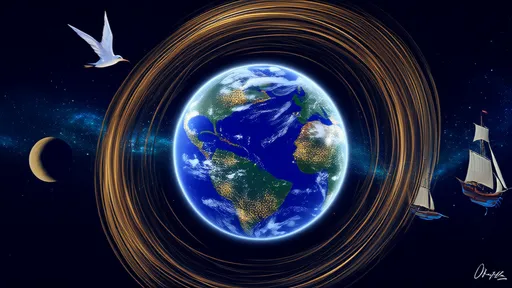
By /Jun 7, 2025

By /Jun 7, 2025
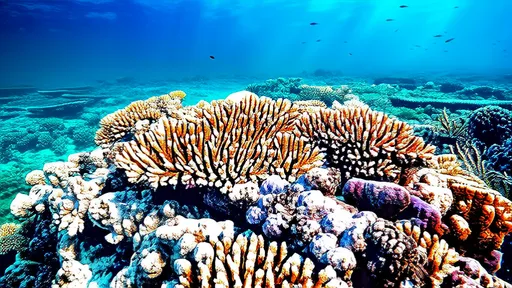
By /Jun 7, 2025

By /Jun 7, 2025
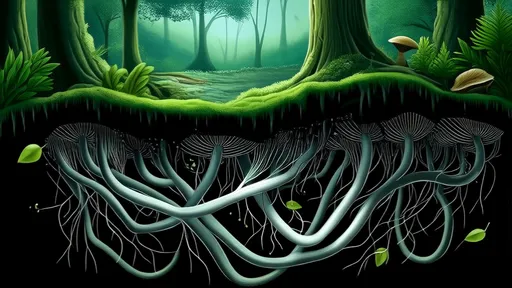
By /Jun 7, 2025

By /Jun 7, 2025
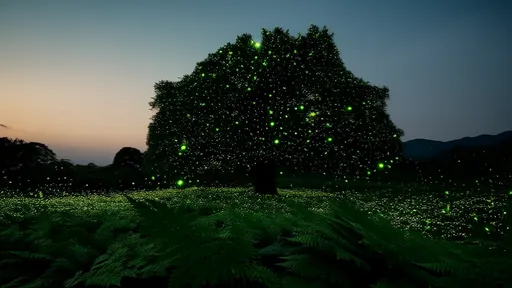
By /Jun 7, 2025
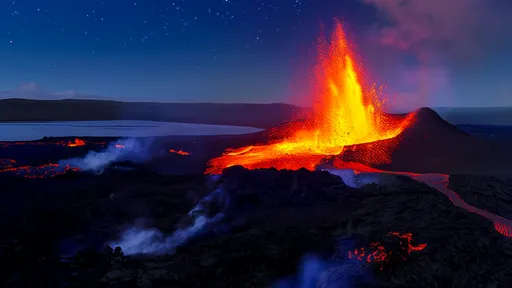
By /Jun 7, 2025
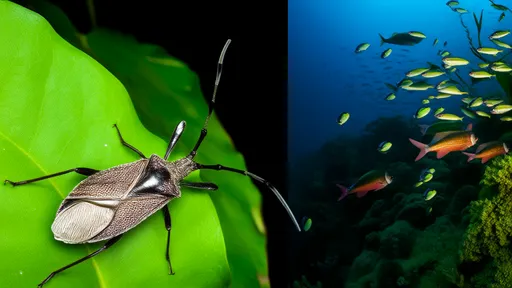
By /Jun 7, 2025